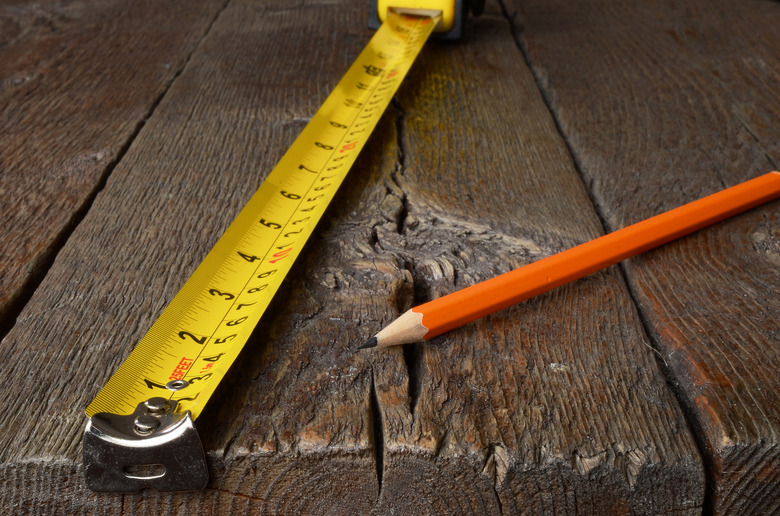What Are The Advantages Or Disadvantages Of Using The Metric System?
The metric system was first adopted in France in 1799. Most countries use this system to define weights and measurements. The United States, however, uses the U.S. Customary System of Measurements — sometimes called English Units — to define weights and measurements. The metric system is a decimal system, so it's easier to learn than the non-decimal U.S. system. Using the metric system has several advantages over the U.S. system, but fractions are easier with the U.S. system.
TL;DR (Too Long; Didn't Read)
The metric system allows for easy conversions and it's used in every country other than the United States so it's consistent worldwide. However, it's not always easy to use with fractions — and if you're American, it's another system you'll need to learn.
Straightforward Conversions
Straightforward Conversions
The metric system allows you to convert units by changing the decimal to a new place value. Metric units increase or decrease in multiples of 10. For example, a meter — roughly equivalent to 3 feet — can be converted to the larger metric unit, kilometers, by shifting the decimal point three places to the left. One meter is equal to .001 kilometers, because there are 1000 meters in a kilometer. Similarly, there are 100 centimeters in 1 meter, so a centimeter is one-hundredth of a meter, and there are 1000 milliliters in a liter, so a milliliter is one-thousandth of a liter. The U.S. system doesn't use multiples of 10, so it's more difficult to convert units.
Consistency and Continuity
Consistency and Continuity
Nearly all countries use the metric system, so it helps students and educators stay on the same page. Textbook creators can use the metric system for all materials. Students in scientific majors, such as engineering, chemistry, medicine and computer science, can use one system of measurement to solve problems and configure mathematical or scientific results. Computer hard drives, memory and processor speeds are measured in metric units. When U.S. students study abroad, they can rely on the metric system to buy groceries, guesstimate clothing sizes and when they use mass transit systems. Celsius temperature is based on a 0 to 100 scale, which is less complicated to learn than the U.S. Fahrenheit scale.
Easy Root Words and Terminology
Easy Root Words and Terminology
Metric terminology is easier to learn because the names for units have the same root word. For example, when measuring weight, the root word is gram, so only the prefix changes, such as with the words milligram, centigram and kilogram. In the U.S. system, units do not sound alike, such as with the words ounces, pounds and tons. Converting from the U.S. system to the metric system requires arithmetic conversions. For example, 2 kilograms of apples is equal to just over 4.4 pounds, and 5 milligrams of salt is equal to 1 teaspoon.
Difficult to Use With Fractions
Difficult to Use With Fractions
The only major disadvantage in using the metric system is that it's not well-suited for working with fractions. For example, 1/6 meter is approximately equivalent to 167 millimeters and 1/3 kilogram is approximately equal to 333 grams. As a result, elementary and middle school teachers are often forced to teach fractions separately from measurements. High school and college students have the math skills to calculate fractional equivalencies, but many choose to think in terms of 10, rather than in fractions.
Cite This Article
MLA
Tucker, Kristine. "What Are The Advantages Or Disadvantages Of Using The Metric System?" sciencing.com, https://www.sciencing.com/advantages-disadvantages-using-metric-system-5846353/. 20 April 2018.
APA
Tucker, Kristine. (2018, April 20). What Are The Advantages Or Disadvantages Of Using The Metric System?. sciencing.com. Retrieved from https://www.sciencing.com/advantages-disadvantages-using-metric-system-5846353/
Chicago
Tucker, Kristine. What Are The Advantages Or Disadvantages Of Using The Metric System? last modified March 24, 2022. https://www.sciencing.com/advantages-disadvantages-using-metric-system-5846353/
